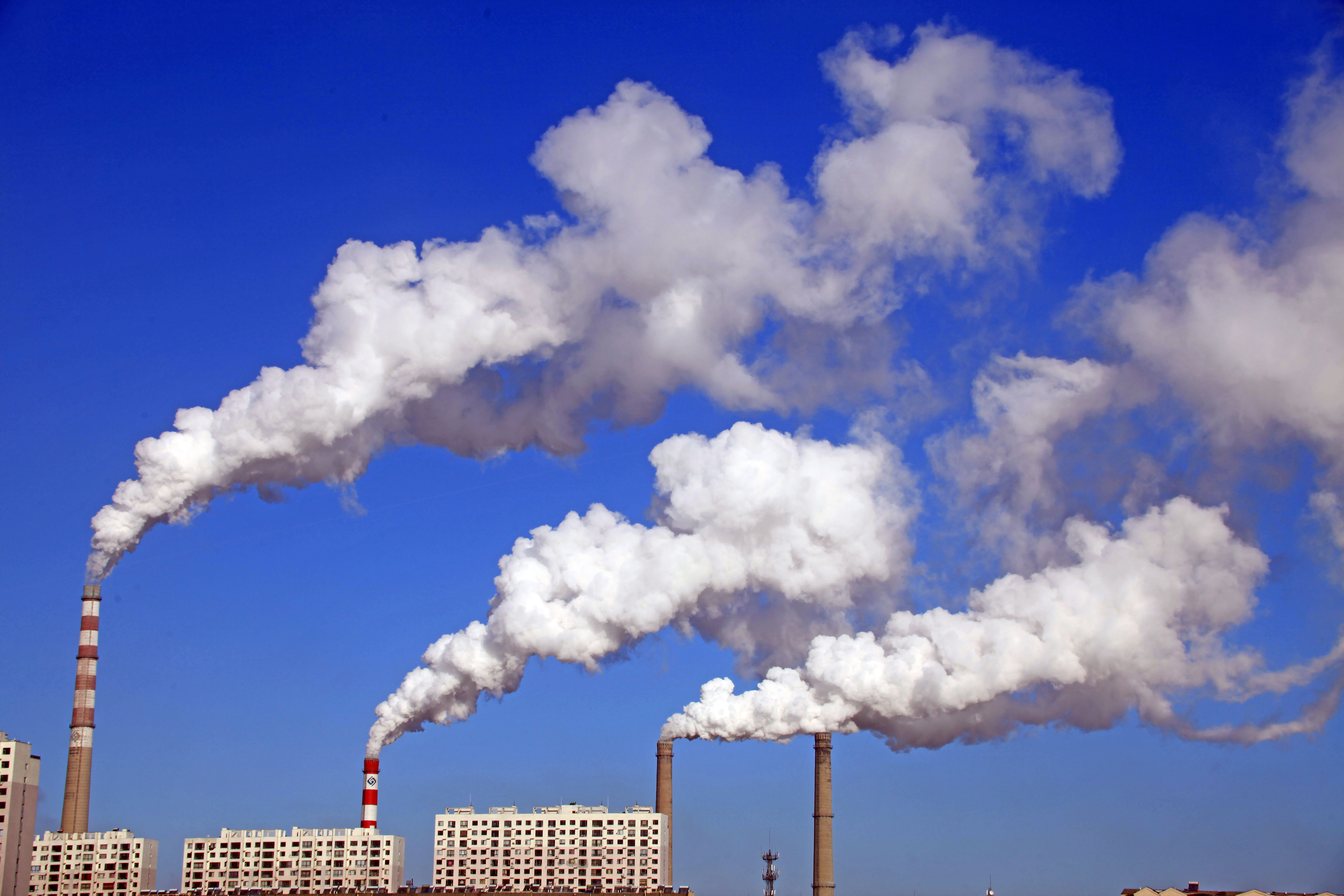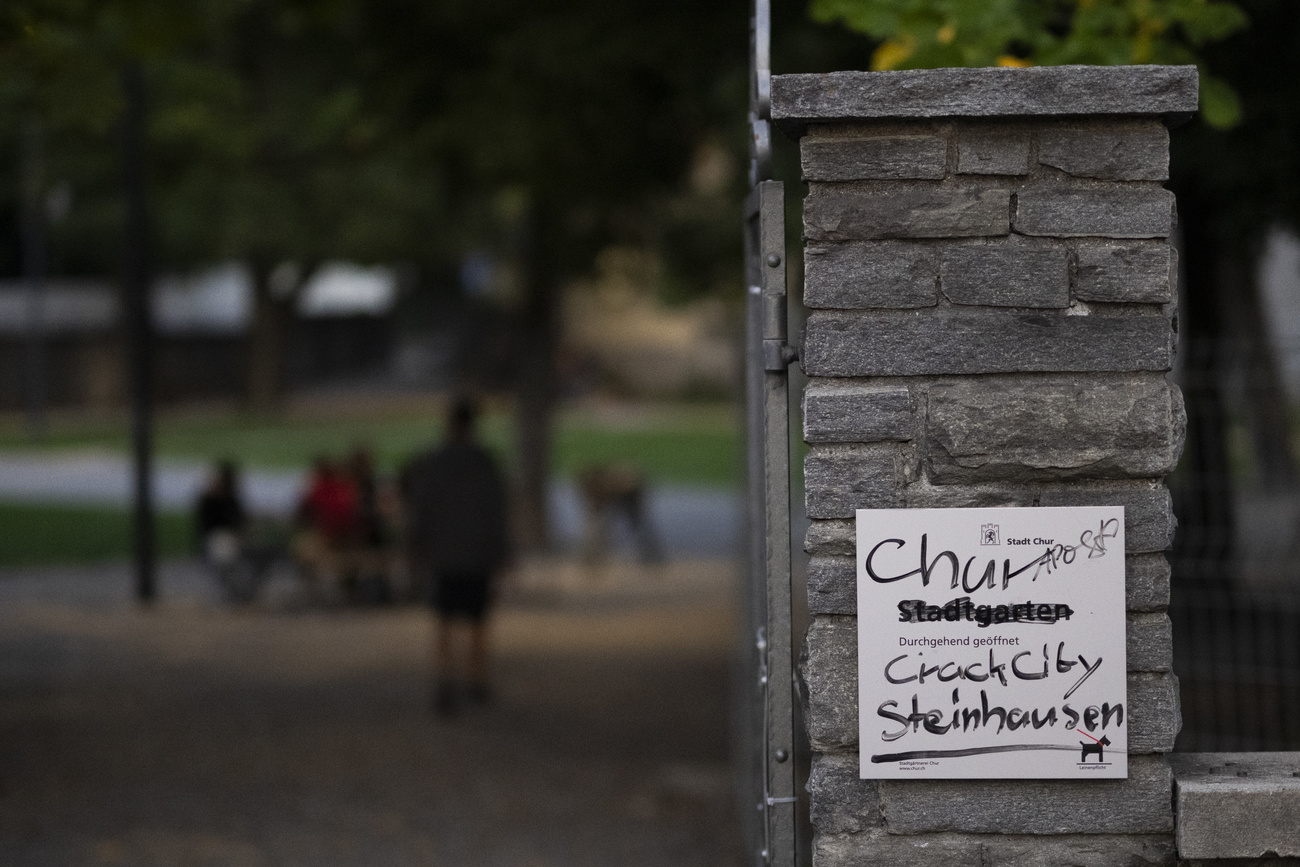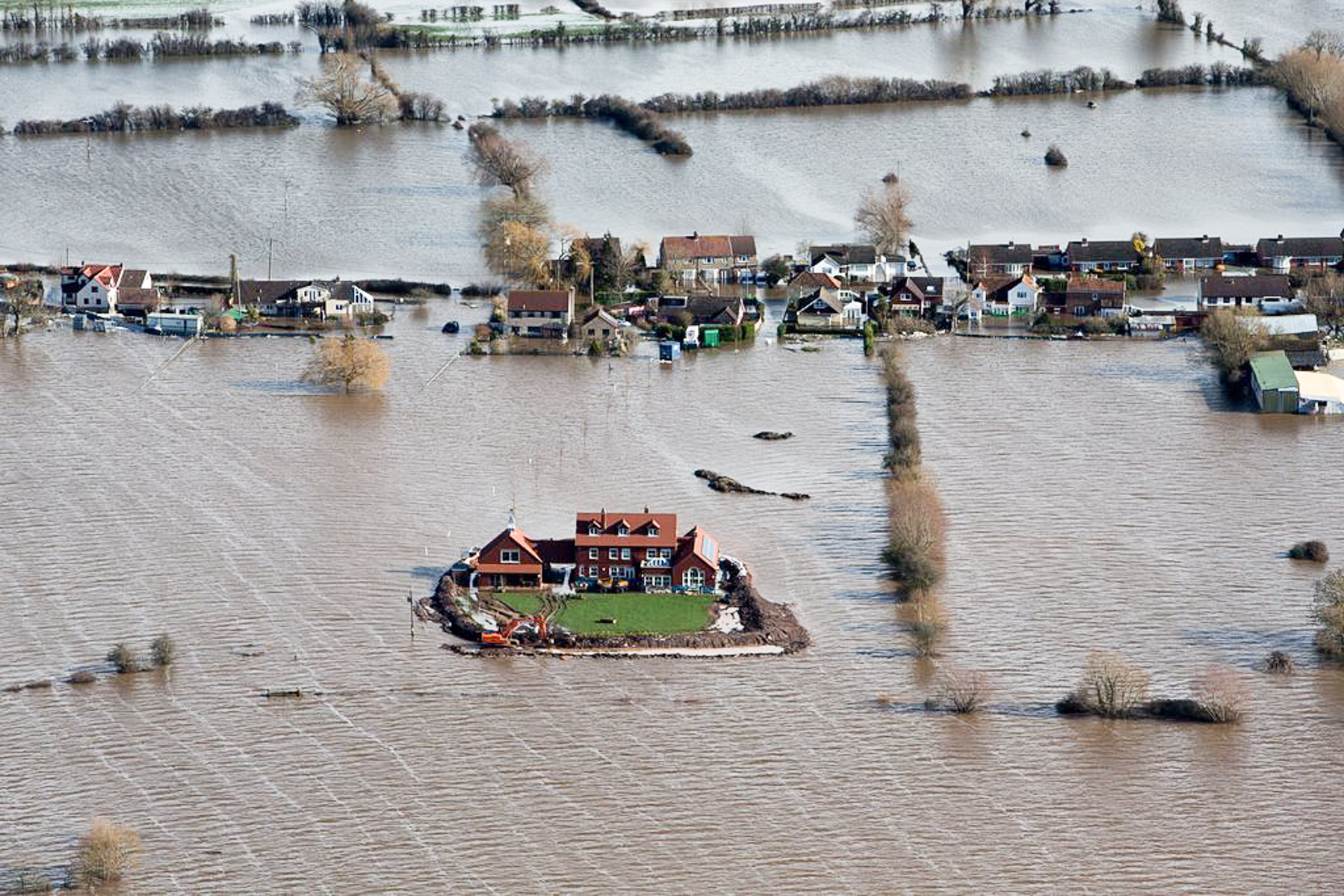Carbon trade criticised for inefficiency

Thanks to the purchase of millions of emissions reduction certificates in foreign countries, Switzerland has managed to meet its goals under the Kyoto protocol. But do projects in developing countries really benefit the climate?
Ji’an, a city in the province of Jiangxi in southern China. Tons of rice grain husks are being burned in ovens. The electricity and heat created in the plant are distributed among the area’s residents, reducing their coal use. The project’s promoters call it a model for the entire country.
What does Chinese rice have to do with Swiss climate politics? At first glance, nothing. But if Switzerland has succeeded in reducing its greenhouse gas emissions, it’s because there is indeed a connection to Jiangxi farmers’ rice waste.
The explanation lies in the so-called CERs (Certified Emission Reductions) that are generated through the United Nations Framework Convention on Climate Change, as well as the rules of the Kyoto Protocol for sustainable projects. The certificates allow governments and businesses to invest in climate projects abroad. One CER equals an emission reduction of one tonne of carbon dioxide (CO2).
Thanks to its support of the Ji’an project, the Swiss government acquired 53,967 certificates, representing a reduction of 53,967 tonnes of CO2 emissions. Each year the average Swiss resident produces an estimated six tonnes of emissions.
The Climate Cent Foundation is financed through a CHF0.015 levy per litre on all gas and diesel imports. From 2008 to 2012, the foundation purchased 16 million CERs worldwide, contributing to a reduction of 16 million tonnes of CO2 abroad. Around CHF244 million in funds were invested in around 30 countries, including China, Brazil and India. The projects ranged from the promotion of renewable energy sources to reduction of harmful gases.
“If it’s possible for plants operating with fossil fuels or gas to be replaced by sources of renewable energy, that’s an efficient way to contribute to emission reduction,” Renat Heuberger told swissinfo.ch. He is head of South Pole Carbon, a Zurich company specialising in emissions trading.
“There are also many other possibilities: increasing energy efficiency in buildings or factories, developing treatment systems for waste water and garbage, reforestation programmes in forests, or a reduction in methane emissions in agriculture,” Heuberger added.
There are also projects that have a direct effect on households, such as more efficient ovens, water purification equipment, or solar energy systems providing lighting in rural areas.
“These projects bring an immediate benefit for families living in poor countries,” Heuberger pointed out.
Kyoto goals met
The emissions reduction certificates allow technology transfers to the poorest countries under the UN’s Clean Development Mechanism (CDM). But they are also an important instrument for industrial nations like Switzerland.
It was only thanks to foreign CERs that the Federal Office for the Environment was able to announce in mid-April that Switzerland had met the 2008-2012 goals of the Kyoto Protocol – specifically, an 8% reduction of greenhouse gas emissions compared with 1990.
In addition to the 2.5 million tonnes of CO2 emissions acquired through foreign certificates, carbon dioxide emissions were reduced by 1.6 million tonnes in Swiss forests.
Promotion of public transportation, renovation of buildings and similar measures are not enough to fundamentally slow the growth of emissions in Switzerland. At the same time, the population in Switzerland has grown by 18% since 1990, and the number of parking spaces by 34%. Despite this, greenhouse gas emissions in Switzerland have remained stable for the past 20 years.
Controversial certificates
The CDM, through which more than 1.5 billion certificates were traded between 2004 and 2014, has plenty of weaknesses. The certificates have lost much of their value and the system has been criticised repeatedly.
Again and again, analyses show that many projects don’t meet UN
standards and don’t contribute to any measurable reduction in greenhouse gases.
In particular, the principle of additionality has been criticised. “According to this principle, the promoters of a project have to prove that they can only finance it through the sale of certificates – that is, by supporting countries that have to reduce their emissions,” Gaëlle Fumeaux of the Foundation for Climate Protection and Carbon Offset (KLIK) told swissinfo.ch.
According to the World Wide Fund for Nature (WWF), the principle of additionality cannot always be guaranteed. “In India wind power plants got certificates although they were receiving state support at the same time,” said Pierrette Rey, spokeswoman for WWF Switzerland. “At least they were built.”
In Rey’s opinion, the CDM has failed to meet its targets. “We assume that 40% of the certificates make no real difference, because they didn’t lead to an additional reduction in greenhouse gases. Furthermore, many certificates have not led to sustainable development in the countries concerned,” she added.
Major success
The criticism is partially justified, said Marco Berg, director of the Climate Cent Foundation. But he points out that in spite of a number of empirical studies, it is not possible to determine what percentage of projects are inefficient. He stresses that his foundation only obtained certificates that fulfilled the criteria.
For Heuberger, the CDM projects are among the “most transparent and most closely reviewed” projects that he knows of. There are five levels of certification and every year emissions’ reductions are measured by independent experts.
Berg believes that in any case the projects are “a major success”. This is especially true in light of the fact that currently it is difficult to agree climate protection standards at an international level. “It is the most concrete and best product arising from the Kyoto protocol,” he added.
At the climate conference held in Doha in 2012, Switzerland agreed that between 2013 and 2020 it would reduce CO2 emissions by 20% over the 1990 levels.
This goal must primarily be reached through measures taken within the country’s borders. The use of certificates for projects in foreign countries is only possible under clearly defined circumstances.
The Swiss government believes that the greatest potential for emission reduction lies in traffic reduction, in building renovations (better energy efficiency), in industry and in services.
Various measures will be introduced in order to reach the goal. Among these is a carbon tax on fossil fuels and a partial compensation for emissions from imported petrol and diesel fuels.
Switzerland’s commitment is part of a global strategy for the reduction of greenhouse gases. According to the Intergovernmental Panel on Climate Change, a reduction of between 40% and 70% is needed to limit the warming of the earth to a maximum of 2 degrees.
Emissions trading functions on a free market basis in order to reduce emissions where it is most cost-efficient. Quotas and certificates can be traded in international exchanges. The European market is currently in the midst of a crisis, however, with the average price for a tonne of CO2 having sunk from €20-25 (CHF25-30) at the end of 2008 to €5.
This price collapse is primarily due to the fact that emission reduction quotas were too high initially. As a result of the economic crisis in 2008, industrial production dropped and along with it the demand for certificates.
“Since the ratification and adoption of the Kyoto protocol 10 years have passed,” says Gaëlle Fumeaux of the Foundation for Climate Protection and Carbon Offset. “The world has changed in this time. Between 2008 and 2012, countries like Russia saw a drop in their emissions simply because they produced less. That led to a surplus of certificates and a price collapse.”
“The situation is dramatic,” reckons Renat Heuberger, director of South Pole Carbon. Thousands of businesses throughout the world invested in projects for clean development. “They thought that the certificates could be resold at a reasonable price. But they lost money. They’ll never invest in clean energy again.”
Kathrin Dellantonio, spokeswoman for the myclimate foundation, warns the poorest countries are the ones paying the price. “In several countries we have a number of projects that could have been expanded or repeated. But we can’t support them anymore because there aren’t any buyers for the certificates. That has direct consequences for the developing countries.”
(Adapted from German by Jeannie Wurz)

In compliance with the JTI standards
More: SWI swissinfo.ch certified by the Journalism Trust Initiative












You can find an overview of ongoing debates with our journalists here . Please join us!
If you want to start a conversation about a topic raised in this article or want to report factual errors, email us at english@swissinfo.ch.